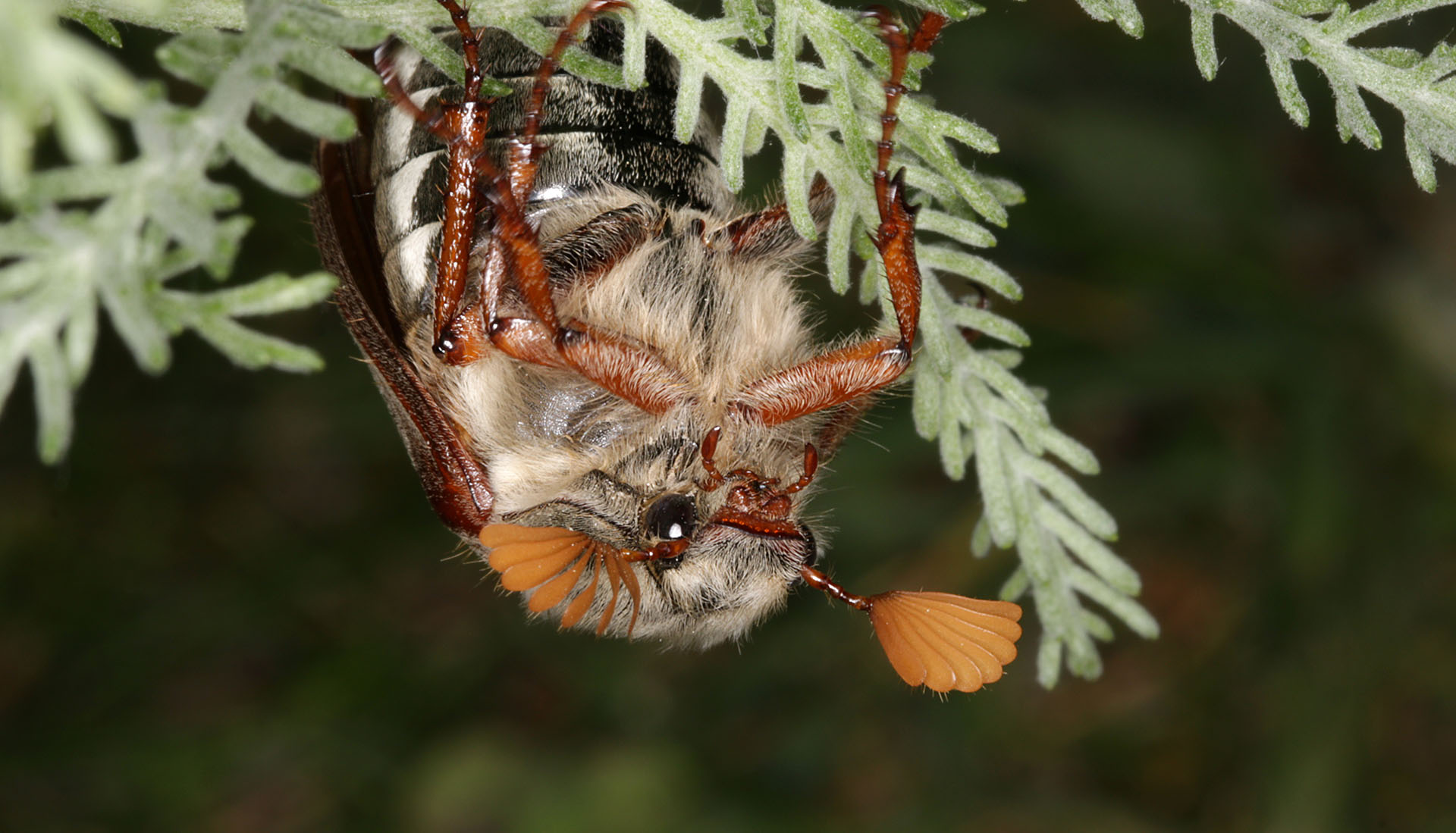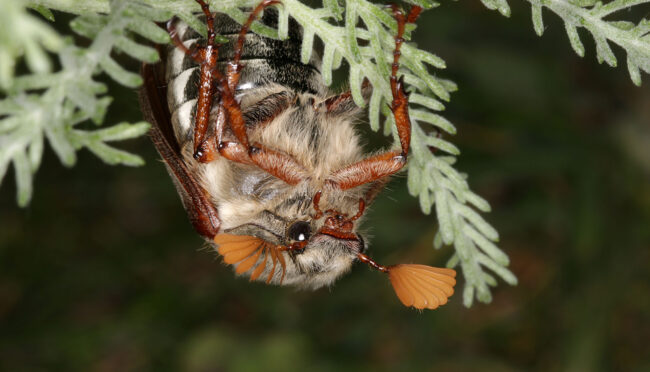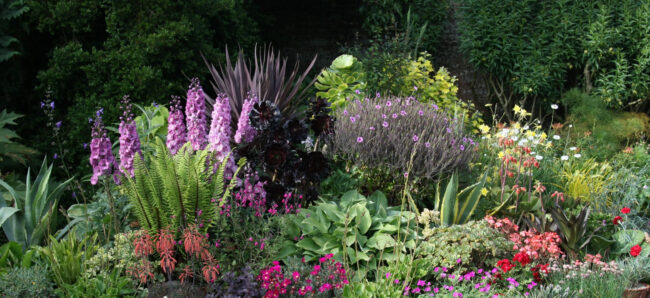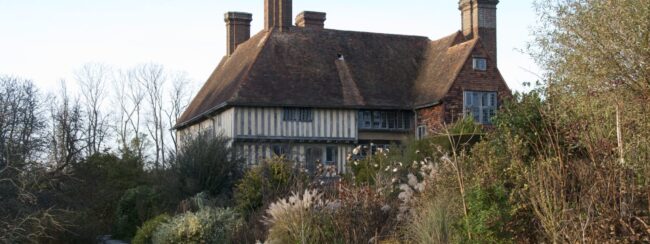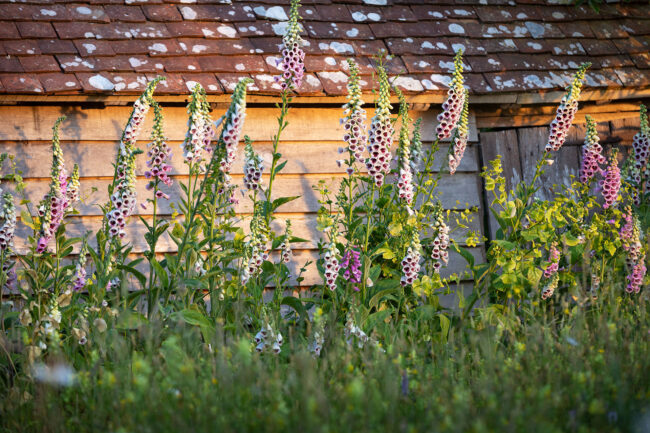Biodiversity Audit
The Great Dixter Biodiversity Audit 2017-2019
The garden at Great Dixter is known for the way in which it merges the natural and the cultivated world. Its long grass, scattered ponds, old walls and changing flower borders provide a rich environment for all manner of fauna and flora.
Christopher Lloyd had a deep knowledge and understanding of the wildlife around him and his gardening was influenced by their needs. When the meadows were cut he would leave a buffer zone for insects and coppicing the woods was arranged around the nesting habits of woodpeckers. Care and respect for the natural world has been embedded in the way that Great Dixter operates since the Lloyd family bought the property in 1910.
Nowadays meadow cutting is delayed until insect activity has slowed down and the seeds are set. Dense colonies of common spotted orchids have come to populate grass in both garden and fields. Chain harrowing and strewing has brought sheep pasture back to a predominantly floral landscape. Woodland rides are scalloped at the edges to allow heat and light for insects. In the garden seedheads are left for the birds to feed on in winter. Through practices such as these Great Dixter has set a trend in the horticultural world.
If you want to create your own meadow the High Weald AONB have some great resources: http://www.highweald.org/look-after/weald-meadows-network.html
In this section:
Agrifactors are also a good source of local seed: https://agrifactors.farm/home/wildflower/
In addition meadow cuttings from our meadows will be available to collect for a limited period by appointment in August or September for people to use to create their own meadow (meadow plants can be locally adapted so local people only please) Please note that some of our meadow areas do contain exotics such as crocus so cannot be guaranteed as wild. Please contact [email protected] to register your interest. Donations welcomed by way of payment!
In August 2017 a £30,000 grant from the Heritage Lottery Fund and support from private donors provided the funds to run a biodiversity audit of the garden and estate to add weight to this message. Surveys and habitat assessments were carried out through 2017 and 2018 by specialists who looked at the grassland and hedgerows, lichens, mosses, fungi and trees as well as the birds, mammals, reptiles, spiders, butterflies and insects. The history of the landscape was examined to see how this affects the environment that exists today. Local and national biological groups and volunteers took part in the recording and Great Dixter staff were taught to be more aware of biodiversity and to carry out ongoing monitoring.
Click to view, right click to download.
Great Dixter Biodiversity Audit 2017-2019
Appendices Archaeology and History (6 documents)
- Great Dixter Historic Landscape Report
- Great Dixter Historic Landscape Report – Appendices
- A Brief Archaeological Interpretative Survey of Ancillary Farm Buildings
- Great Dixter Magnetometer and Resistivity Survey Report
- Great Dixter Estate Archive Research Report
- Great Dixter Synthesis of Historic Research Documents
Appendices Bird Surveys (1 document)
Appendices Invertebrate Surveys (5 documents)
- Great Dixter Estate Invertebrate Survey
- Appendix 3. Great Dixter Invertebrate Survey
- Great Dixter Estate Butterfly Survey
- Appendix 1. Great Dixter Invertebrate Survey Report Data & Species List
- Appendix 2. Great Dixter Invertebrate Records
Appendices Plant Surveys (4 documents)
